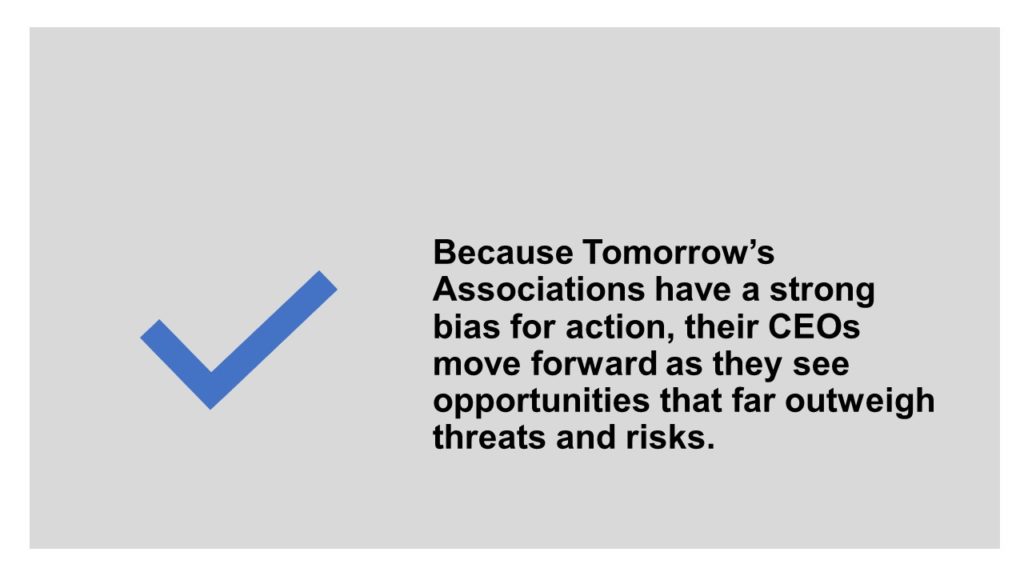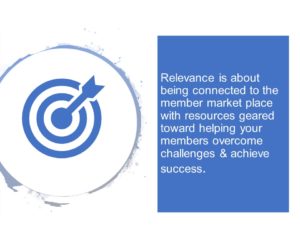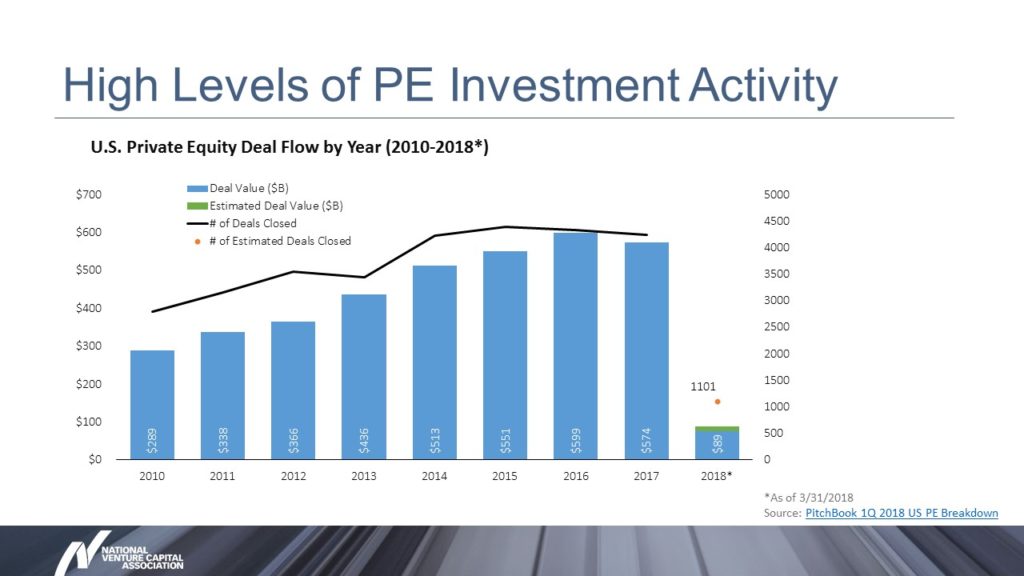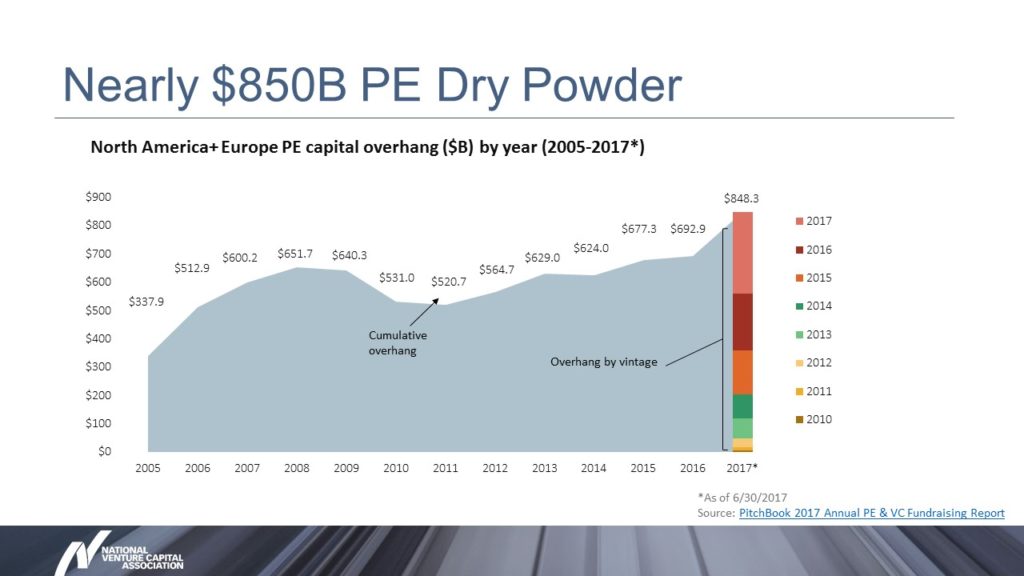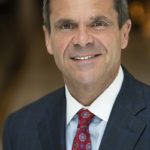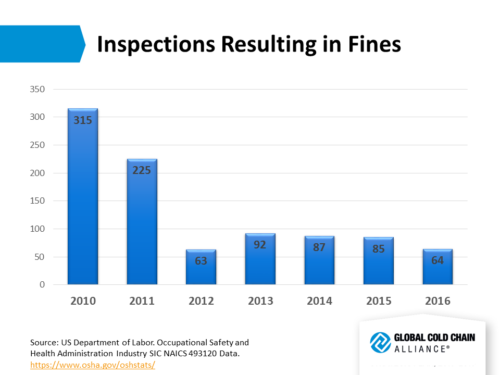Dan Varroney
President and CEO
dan@potomaccore.com
703.878.8786

Daniel A. Varroney is the author of the groundbreaking new book, Reimagining Industry Growth (WILEY January 2022). He is also founder of Potomac Core, a strategic consulting firm that specializes in trade association transformation and industry focused strategic partnerships. He has built a successful career as an association executive, leading organizations with diverse focus, from manufacturing to high tech to finance and advocacy.
His deep understanding of policy and regulatory influence on industries has shaped his approach to industry strategic partnerships. Through his own executive experience—and well over a decade advising association clients—Dan has applied his data-driven strategic process to the industry and market challenges of trade associations and the domestic and multinational companies they represent.
A prolific blog author, he launched and facilitates the Strategic Guidance Lab, a group of leading trade association CEOs with a focus on industry strategic partnerships. His unique methodology has surfaced the key elements of successful strategic partnerships in multiple industries.
He is also a sought-after expert on economic performance with appearances and articles on Mornings With Maria, (workforce, industry strategic partnerships, and building strategic partnerships in the energy industry), Fox Business, FOX News, LIVE NOW FOX, NBC Bay Area, Fox 5 DC, FOX 26 Houston, MarketWatch, Fortune, and Forbes. Dan was also recognized in June 2022 as a keynote speaker at the Leading Entrepreneurs of the World Conference on Strategic Partnership Strategies.
He graduated from The Catholic University of America with a Bachelor of Arts degree and holds a Certificate in Leadership and Team Effectiveness from the Yale School of Management. He is also a member of the American Society of Association Executives (ASAE). Dan and his wife, Jeanine, live in Manassas, Virginia. A prolific blog author, he launched and facilitates the Strategic Guidance Lab, a group of leading association CEOs with a focus on industry strategic partnerships. His unique methodology has surfaced the key elements of successful strategic partnerships in multiple industries.
David Rehr, Ph.D.
Research Director
david@potomaccore.com
703.878.8786
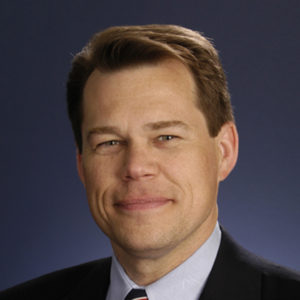 David is Professor, The Schar School of Policy and Government, George Mason University. Before that he served as President and CEO of the National Association of Broadcasters (NAB). President of the National Beer Wholesalers Association (NBWA), Chief House Lobbyist, National Federation of Independent Business (NFIB), after working as a professional staff member to the U.S. House of Representatives Small Business Committee and for former member of Congress, the Honorable Vin Weber (MN).
David is Professor, The Schar School of Policy and Government, George Mason University. Before that he served as President and CEO of the National Association of Broadcasters (NAB). President of the National Beer Wholesalers Association (NBWA), Chief House Lobbyist, National Federation of Independent Business (NFIB), after working as a professional staff member to the U.S. House of Representatives Small Business Committee and for former member of Congress, the Honorable Vin Weber (MN).
He is a leading researcher on the association sector; coauthor of Association CEOs: Leading through Change (2016), Diversity and Inclusion: Core Values Among Associations (2017), and Association and Nonprofit Boards: Maximizing Effective Service (2017).
David has also released several eBooks, including, Creating the Right Association Culture, which outlines practical ideas to build an exceptional association organization, and, Eight Traits of Exceptional Association CEOs, that looks at traits of association CEO success. His most recent eBook, Cutting Through Congressional Clutter: Proven ideas and tips to gain influence and be heard, has received enthusiastic reviews.
He serves as host of CEO Update’s awarding winning series, Association Newsmakers and is a member of American Society of Association Executives.
David is a graduate of St. John’s University with a BS, Business Administration, and he received a PhD, Economics, George Mason University.
Research Team
Jon Kulok
Research Director
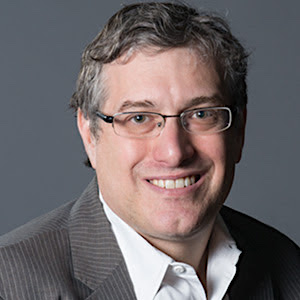 A Co-Founder and Principal of Edge, Jon has spent 25 years in the survey research field developing strategic quantitative and qualitative research for clients in the corporate, political, and non-profit sectors.
A Co-Founder and Principal of Edge, Jon has spent 25 years in the survey research field developing strategic quantitative and qualitative research for clients in the corporate, political, and non-profit sectors.
Jon has developed, executed, and analyzed strategic market research studies for such diverse companies as Citrix Systems, California Dental Association, Sprint/Nextel, and ESPN.com. Whether working on a branding study for a global corporation, a usability test for a start-up, or measuring loyalty and predicting retention for a membership association, Jon brings a combination of industry experience, statistical know-how, and business savvy to each job. Many clients continue to seek him out for advice long after their studies are completed.
Jon began his marketing research career at Peter Hart Associates, followed by almost a decade as an analyst for The Mellman Group. He founded Edge Research in 1997 because he was interested in using new methodologies to get better information to clients faster and for less money.
Over the last few years, Jon has served on the boards of two start-up technology companies, Viral Media Productions and CimSuite. An avid sports fan, he started playing fantasy baseball during the Reagan years, and now gets his thrills cheering on his children Sydney and Will on the soccer and baseball fields.
Gayle Vogel
VP and Senior Research Analyst, Edge Research
 Gayle has more than 15 years of experience in marketing research serving a diverse client base from the financial services and telecom sectors to healthcare, non-profits, and government agencies. She has continuing relationships with The Hartford, Kaiser Permanente, the National Institute of Standards and Technology (NIST), and The Nature Conservancy, among others.
Gayle has more than 15 years of experience in marketing research serving a diverse client base from the financial services and telecom sectors to healthcare, non-profits, and government agencies. She has continuing relationships with The Hartford, Kaiser Permanente, the National Institute of Standards and Technology (NIST), and The Nature Conservancy, among others.
A good listener, Gayle is well suited to adapting client business questions and challenges into a comprehensive research plan geared to yield meaningful insights and inform decision-making. One of her strengths is taking large amounts of data collected from diverse audiences, customer groups, or geographies and connecting the dots to tell a data-driven story that can be used to shape strategy and be absorbed at many levels within an organization.
Gayle’s specialties include customer and member retention, advertising tracking, product optimization and pricing, brand development and positioning, and message alignment. Also experienced in qualitative research, Gayle has conducted countless in-depth interviews and focus groups. She has completed moderator training coursework with RIVA Market Research.
Prior to joining Edge, Gayle was Senior Consultant with The Strategis Group, a telecommunications research firm serving the broadband, wireless, and Internet industries. She laid the foundation of her career as a researcher in the financial services practice of Opinion Research Corporation in Princeton, New Jersey.
Gayle is an avid runner and lives in Washington, D.C.
 Thom Dammrich, President & CEO of Chicago, Illinois based NMMA (National Marine Manufacturers Association), utilizes his board to position the Association as a strategic partner driving industry results in the advocacy and business expansion arena. Industry Leaders and NMMA continue to collaborate to drive both industry and member success.
Thom Dammrich, President & CEO of Chicago, Illinois based NMMA (National Marine Manufacturers Association), utilizes his board to position the Association as a strategic partner driving industry results in the advocacy and business expansion arena. Industry Leaders and NMMA continue to collaborate to drive both industry and member success.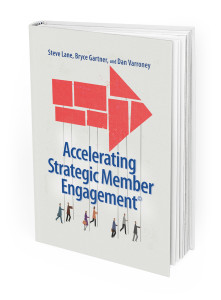




 David is Professor, The Schar School of Policy and Government, George Mason University. Before that he served as President and CEO of the National Association of Broadcasters (NAB). President of the National Beer Wholesalers Association (NBWA), Chief House Lobbyist, National Federation of Independent Business (NFIB), after working as a professional staff member to the U.S. House of Representatives Small Business Committee and for former member of Congress, the Honorable Vin Weber (MN).
David is Professor, The Schar School of Policy and Government, George Mason University. Before that he served as President and CEO of the National Association of Broadcasters (NAB). President of the National Beer Wholesalers Association (NBWA), Chief House Lobbyist, National Federation of Independent Business (NFIB), after working as a professional staff member to the U.S. House of Representatives Small Business Committee and for former member of Congress, the Honorable Vin Weber (MN). A Co-Founder and Principal of Edge, Jon has spent 25 years in the survey research field developing strategic quantitative and qualitative research for clients in the corporate, political, and non-profit sectors.
A Co-Founder and Principal of Edge, Jon has spent 25 years in the survey research field developing strategic quantitative and qualitative research for clients in the corporate, political, and non-profit sectors. Gayle has more than 15 years of experience in marketing research serving a diverse client base from the financial services and telecom sectors to healthcare, non-profits, and government agencies. She has continuing relationships with The Hartford, Kaiser Permanente, the National Institute of Standards and Technology (NIST), and The Nature Conservancy, among others.
Gayle has more than 15 years of experience in marketing research serving a diverse client base from the financial services and telecom sectors to healthcare, non-profits, and government agencies. She has continuing relationships with The Hartford, Kaiser Permanente, the National Institute of Standards and Technology (NIST), and The Nature Conservancy, among others.
